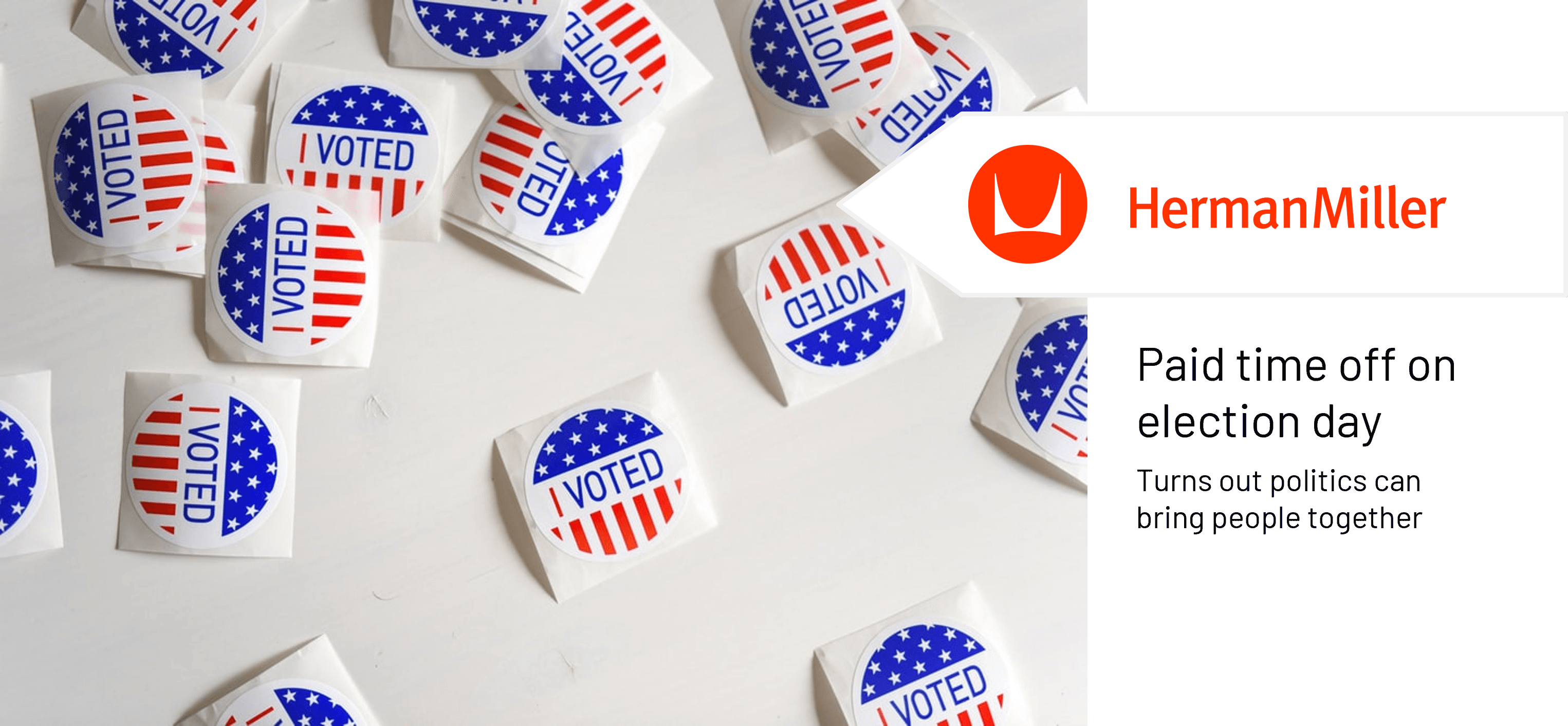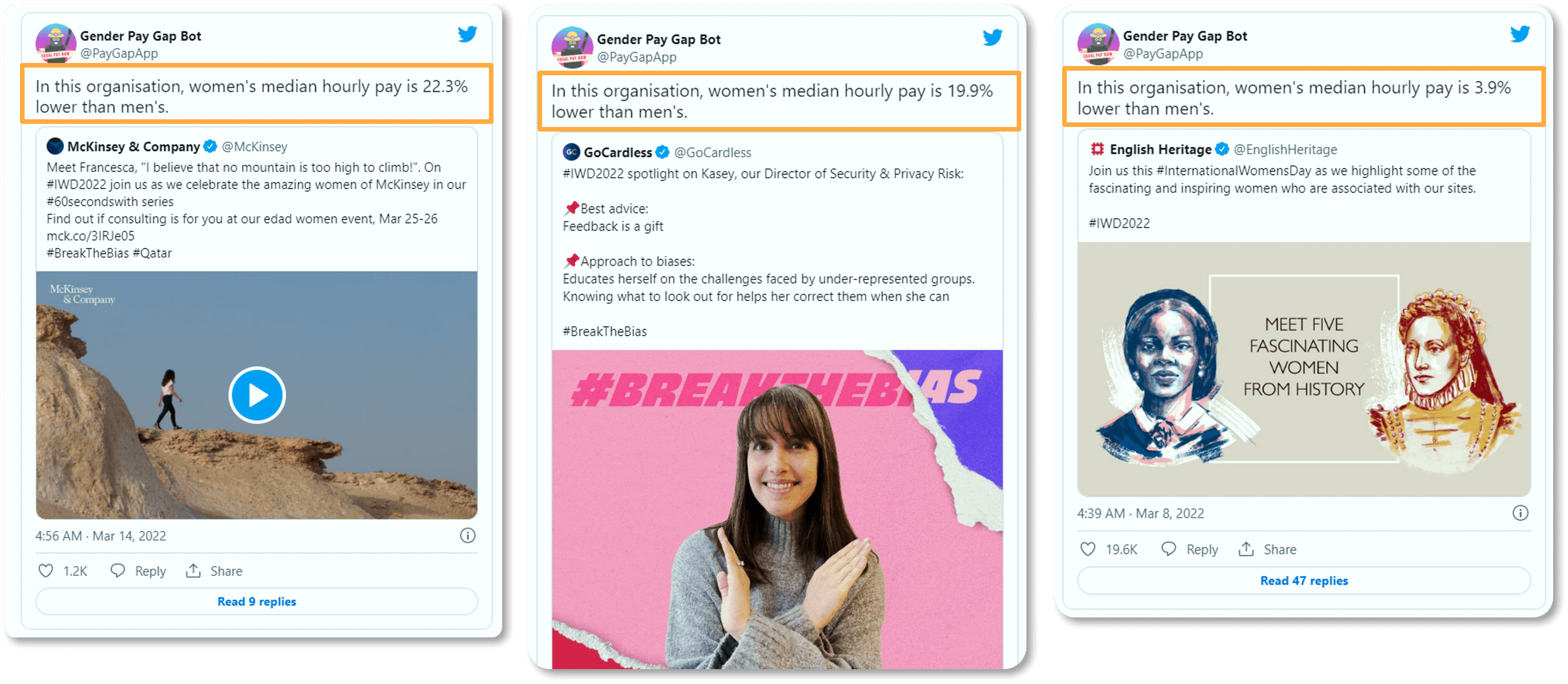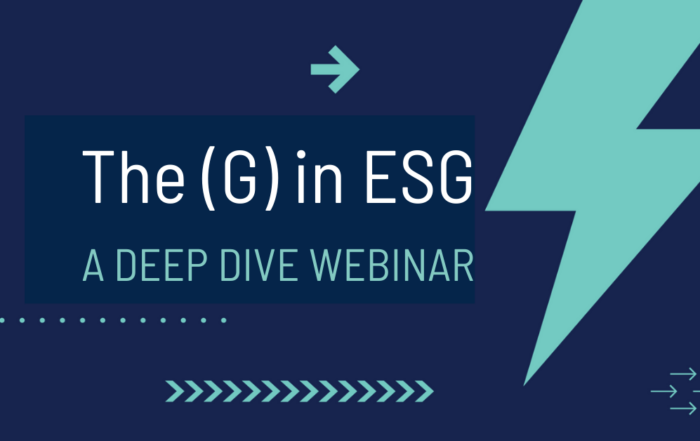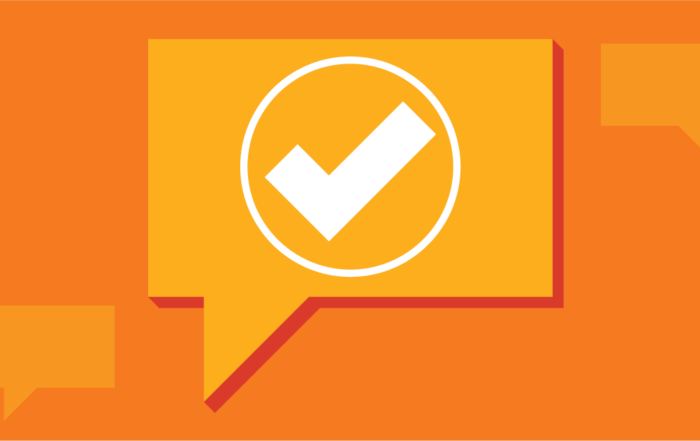Social Examples in ESG Management

Navigating where to start and what to build from the social perspective of your ESG program requires a little creativity, a little exploration, and a lot of planning.
In this article, we review a few best-in-class examples of social practices in ESG programs today. These examples provide a few ideas that can kick-start or improve your current ESG initiatives. Since these examples represent extremely well-executed programs, we’ve provided takeaways for each to help you distill how the same concepts can be applied to organizations of all sizes, industries, and budgets.
Best-in-class examples of social practices in ESG
Consumer Goods Industry
Strategy: Three impact approach

While adidas has invested in environmental sustainability by recycling ocean waste to 3D-print parts of shoes, they have also made tremendous strides in their social practices.
Adidas uses societal challenges as an opportunity to stay relevant and at the top of the footwear and apparel industry. One societal challenge in particular that adidas focuses on is overcoming the obesity epidemic. Their business model and communications strategy around their social practices are not focused on selling shoes and apparel but on solving a problem that betters the greater good: improving the physical health of consumers across the globe.
The social practices of their overall ESG strategy are based on three areas:
1) Community involvement
One example of adidas’ community involvement program is called BOKS, which brings fitness programs to children before school. This program was founded by moms based on ideas from the book Spark that demonstrated exercise was undertaken before school improved memory and cognitive function in children.
Takeaway: You don’t need to start something new. Look at partnering with an organization that directly supports your business values and goals to make a positive social impact.
2) Employee engagement
adidas has multiple initiatives in place to create diversity across their organization, including leadership roles; however, adidas is also focused on keeping all employees engaged and working towards a singular mission. One example of an adidas engagement initiative is their Month of Purpose, which is a 5-week series of 90-volunteer projects across five cities in the U.S. This organized volunteer initiative serves multiple purposes:
- Provides the means for employees to make a meaningful impact on the causes they care about
- Provides employees opportunities to develop leadership skills outside their day job and traditional roles
Takeaway: Think about building engagement programs that provide value back to your teams. Social engagement in this sense is not about happy hours and team-building initiatives. Instead, devise social engagement practices that improve your workforce. The long-term return delivers better trained and more empathetic employees.
3) Corporate giving
The last pillar from adidas is corporate giving. The adidas strategy has been focused on investing diversifying donations to improve diversity, equity, and inclusion in college scholarship funding, plus donations to social improvement programs and financing for minority entrepreneurs.
Takeaway: Tie corporate giving initiatives to the communities your business serves. The long-term impact centers around a future workforce that is better educated, well-rounded, and more empowered.
Entertainment & Leisure Industry
Strategy: Workforce investment

Not every organization has the checkbook of Disney, so we’ll share what they do today with their financial prowess, but also how you can take a similar approach with a lower cost structure.
Disney rolled out a program called Aspire that offers curated college courses to both current and prospective employees. The goal of this program was to build a pipeline of talented, motivated employees and leaders. The program pays 100% of tuition and book expenses and includes personalized coaching. Not only does this program incentivize employees to stay, but it incentivizes more prospects to apply for jobs at Disney. This type of program not only helps with the retention of trained and knowledgeable employees, but it can help recruit the best and the brightest talent.
If your organization doesn’t have the budget to fund higher education for employees, there are lower-cost alternatives that still deliver on this idea.
1) Trade Services
One cost-effective way to create a similar program is to partner with colleges and universities in a mutually beneficial trade of services. If your business can provide something of value in exchange for higher education for your employees, it’s a win-win for both.
2) Homegrown Program
The other cost-effective option for providing continuing education for employees is to develop your own in-house mentoring program. While this approach can be more labor-intensive—and requires the right mix of in-house talent and a coordinated curriculum—it is an economical approach to investing in your workforce.
Takeaway: Good social practice ideas come from anywhere. Continue building and adjusting an idea until it fits your organization’s size, budget, goals, and industry.
Easy ESG Tracking & Reporting
Learn how automation creates consistency and ease in ESG management
Manufacturing Industry
Strategy: Paid time off on election day

Our next example is from Herman Miller, a furniture manufacturer of seating, desks, tables, and storage for businesses, education, and now, work from home offices. Its mission is to make innovative furniture that creates an engaging culture for its customers. What could be more engaging than a group of active citizens in the community?
Herman Miller added a flair for politics into their social practice approach. While this might sound like a risky move in today’s business climate, it demonstrates Herman Miller’s commitment to employee voices and beliefs. In 2020, Herman Miller launched an “Election Day off for a Day of Purpose” program that pays employees for taking the day off during general elections. The name of this program was purposeful, as the company wanted to reinforce the value of democracy and the role every citizen must play to maintain a thriving democracy.
The actual execution of this program takes a very non-political approach. This Day of Purpose sends a signal to employees that they have an opportunity to make a difference in the world and Herman Miller is there to support that opportunity. It is a very empowering sentiment and demonstrates company values.
This is a bold and noble move, but admittedly the execution isn’t necessarily easy for every organization. Herman Miller has 5,500 employees in the U.S., which meant its management had to work through the logistics of closing all U.S.-based locations for one full day.
Takeaway: Plan for operational disruption in advance to avoid impacting your bottom line.
Explore Environmental Examples in ESG
Get ideas from best-in-class environmental examples of ESG programs across industries
What’s at risk?
We can’t ignore the social media component of social in ESG because it is a direct contributor to the rising social movement. Without social media, we wouldn’t have the exposure to what companies are or are not doing to support their employees, customers, and communities.
Instead of diving into how you can use social media as a voice for your organization’s good deeds, we want to provide an example of the risk social media brings to your organization if you fail to enact social practices as part of your overall ESG strategy.
March 15 was named International Women’s Day. On this day in 2022, companies across the globe touted their favorite female contributions on social media, much to the chagrin of many of those companies. On the same day, a Twitter bot retweeted these posts with the revelation of each company’s gender pay gap. Now, none of this data could have been sourced and retweeted without the regulations Britain imposed to require companies of 250 employees or more to disclose salary differences between men and women.

Takeaway: Conversations about your organization’s social impact take place whether you’re a part of them or not. To protect your organization’s reputation and revenue in the long-term, build a social impact strategy and put a plan in place.
Building social ideas into an ESG program
Once you have your social practice ideas, the next step is to turn them into a scalable ESG program. This next phase will require you to not only document your practices, including what they are and why they were selected but also outline how they will be measured.
For more information on how to get started putting your ideas into practice, check out Social Practices of ESG: A deep dive review.
Build a Social Roadmap for ESG
Check out the step-by-step guide to focus your social strategy in an ESG program
More Reading to Check Out
Guide: What is ESG?
Curious about ESG? It's not just a buzzword—it's reshaping how businesses operate. Discover the essentials of Environmental, Social, and Governance factors and how your GRC program is part of your ESG success.
The G in ESG On-Demand Webinar
In this webinar, we’ll review how organizations are leveraging governance practices to document and report on their ESG goals.
How to use ESG standards to build your social strategy
Learn how to leverage the most common ESG standards and frameworks to build effective social practices in your ESG strategy.





